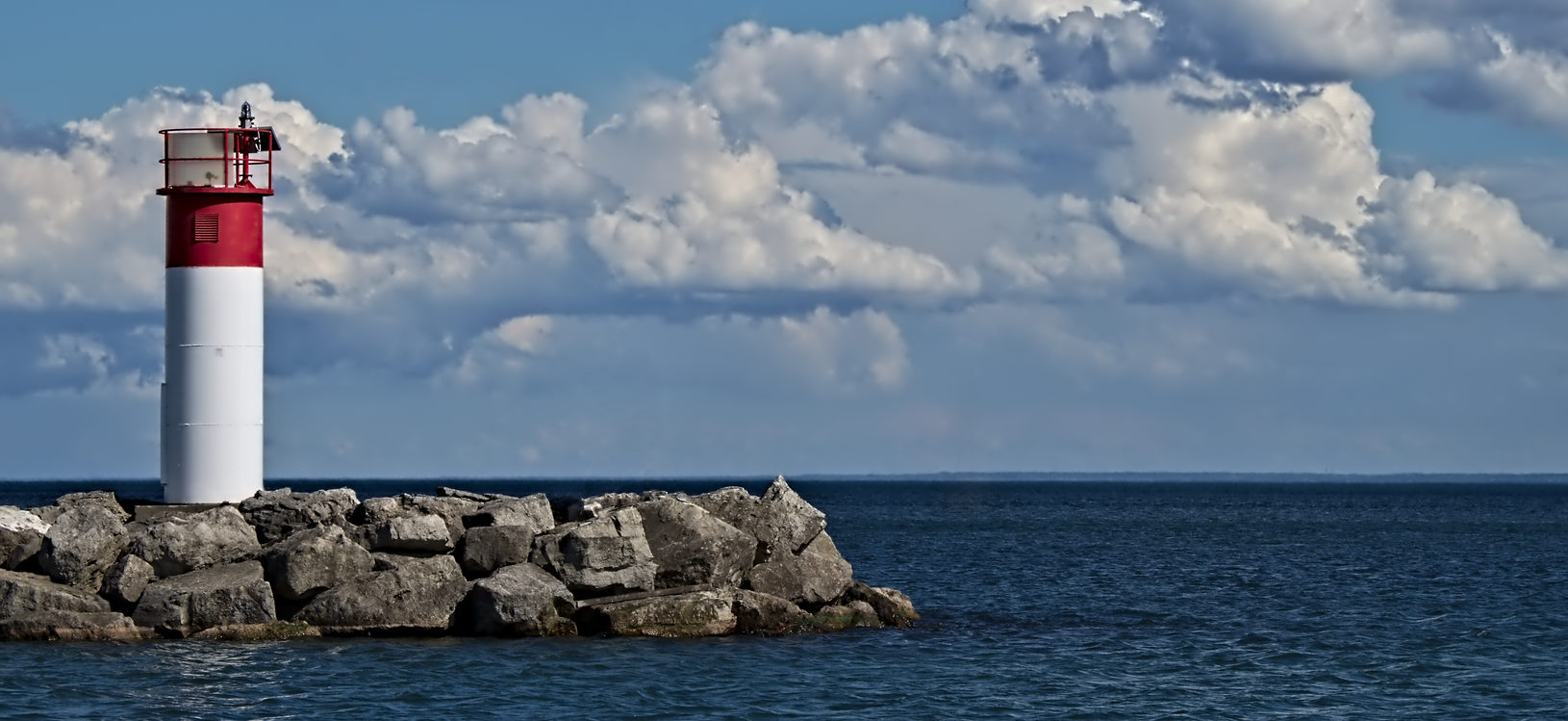
17 April 2019
The National Marine Sanctuary Foundation commends the National Oceanic and Atmospheric Administration (NOAA) for initiating the designation of Great Lake Ontario nomination as a national marine sanctuary. National marine sanctuaries protect treasured areas in our ocean and Great Lakes that offer refuge to threatened and endangered species and preserve our maritime history.
“Shipwrecks tell the stories of our history,” said Kris Sarri, President and CEO of the National Marine Sanctuary Foundation. “The maritime highways of the St. Lawrence River and the Erie Oswego Canal span more than 200 years of our nation’s history, and deserve recognition as a national treasure. We commend NOAA, New York elected officials and communities for nominating this site for designation as a national marine sanctuary.”
In 2017, Governor Andrew Cuomo, leaders and residents of the counties of Oswego, Jefferson, Cayuga, and Wayne; and the City of Oswego submitted the Great Lake Ontario nomination to be included in the National Marine Sanctuary System. The southeastern shore of Lake Ontario played a critical role with food and transportation trade routes for indigenous peoples and early European explorers; centers for military conflicts from land and sea during the French and Indian War, Revolutionary War, and the War of 1812; and expansion to the American west and development of our nation’s industrial core. Oswego’s harbor is the oldest freshwater port in the United States, and thus this region’s history is intertwined with the history of nearly every other Great Lakes community.
The approximately 1,700 square mile proposed sanctuary nomination encompasses 21 known shipwrecks and one aircraft that span over 200 years of history in the eastern waters of Lake Ontario adjacent to Oswego, Jefferson, Cayuga, and Wayne counties. Of these, the Lady Washington is recognized as the second oldest (1797) intact shipwreck discovered in the Great Lakes. The oldest, the HMS Ontario (1780) is a Revolutionary era sloop and the only fully intact British warship discovered in the Great Lakes, is also proposed as a non-contiguous part of the designation. An additional 47 shipwrecks and two historic aircraft also likely located in the area still to be discovered. A Great Lake Ontario National Marine Sanctuary designation would preserve and raise national awareness and appreciation of a historically-significant collection of shipwrecks and other maritime heritage resources; foster partnerships with researchers and educators to discover additional wonders beneath the waves and to tell the story of our past in order to shape our future; and create business and job opportunities from tourism and outdoor recreation.
The nomination is supported by a diverse coalition and strong bipartisan leadership that spans the local, state, and regional levels: elected officials, government agencies, a Native American tribe, historical societies, businesses, museums, and environmental, recreational, conservation, tourism, and education groups. Earlier this year, U.S. Representative John Katko (NY-24) co-lead a bipartisan letter signed by 101 Members of Congress requesting additional funding for NOAA to respond to the groundswell of public support for community-based national marine sanctuaries.
The National Marine Sanctuary System includes 13 national marine and Great Lakes sanctuaries and two marine national monuments. These unique waters sustain critical, breathtaking marine habitats that provide homes to endangered and threatened species. They preserve America’s rich maritime heritage. And they are living laboratories for science, research, education and conservation. Sanctuaries also offer world-class outdoor recreation experiences for all ages and support local communities by bringing billions of dollars to their economies. Communities across the nation look to sanctuaries to protect nationally significant areas of our ocean, coasts, and Great Lakes.
The Foundation is a leading voice for U.S. protected waters, working with communities to conserve and expand those special places for a healthy ocean, coasts, and Great Lakes. Working together, we safeguard species and the places they call home and preserve America’s maritime resources.
